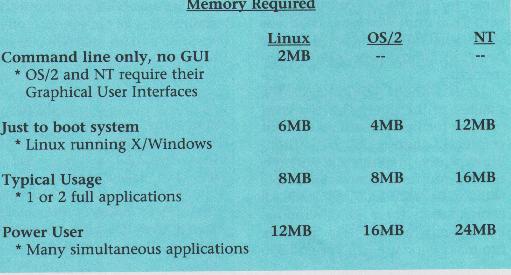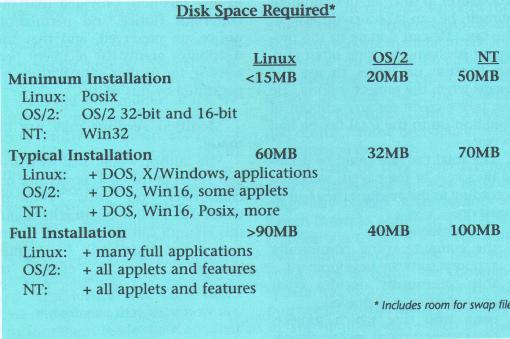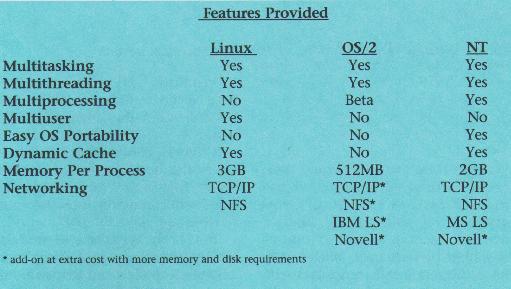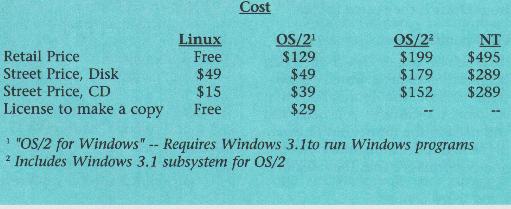Originally Published in Linux Journal Issue #1, March 1994
20 Years ago, 15 years before founding Plugable Technologies, Bernie Thompson wrote an article for the first issue of Linux Journal. Over the next twenty years, LJ published 4 more articles including a 20-year retrospective in 2014. Thanks to Linux Journal’s generous terms allowing authors to keep their copyright, we’re able to republish the full series of articles here. If you have your own memories and opinions of the time, please share in the comments. This is Article 1 of 5.
Picking an operating system is a dangerous business. You’re committing yourself to a couple hours, certainly, or maybe a couple days of manual-reading, file-editing, and hassles. If your real goal was just to get some work done, maybe it would have been simpler to stay with Windows 3.1 and never embark on an adventure in computing.
But, then again, there seems to be a substantial body of computer users who are dissatisfied with DOS and Windows. Some are moving to OS/2, Windows NT, or some other Comdex wonder. Some are even daring enough to wipe out DOS in favor of an anti-establishment system like Linux.
Before you take the plunge, you should know up front what you stand to gain. More importantly, too, what you stand to lose. Here’s what lies ahead for you if you want OS/2, Windows NT, or Linux to be part of your future.







Loading Comments